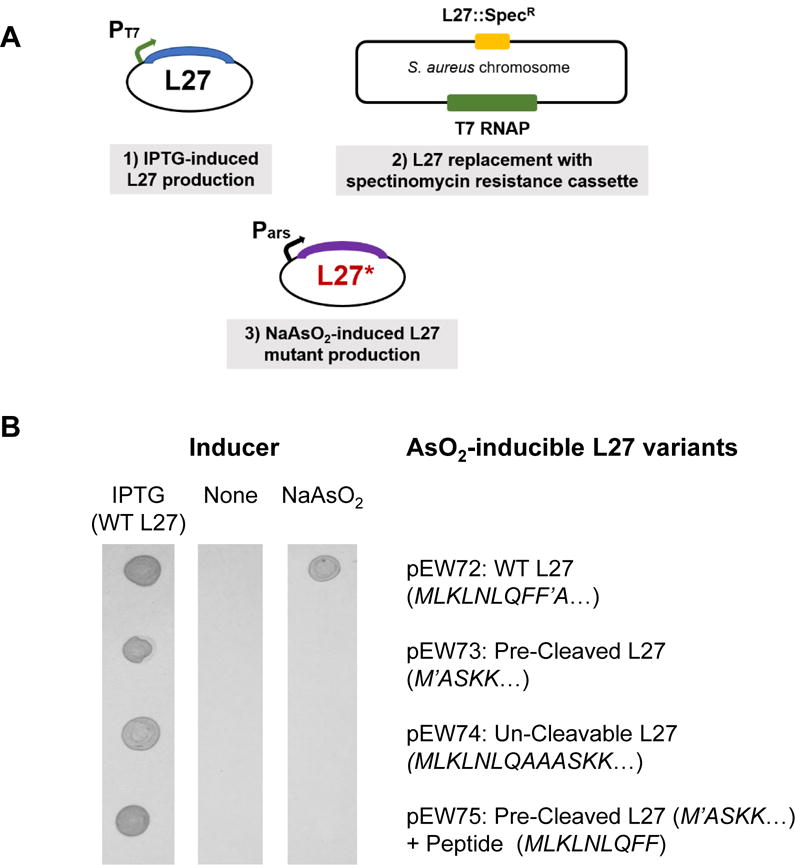Figure 1. Complementation by plasmid-encoded L27.

(A) Outline of the genetic elements employed in the complementation scheme. (1) Plasmid that encodes S. aureus L27 under control of the T7 promoter repressed by LacI (pEW27); (2) S. aureus host strain, derived from strain SA187RI, which contains the T7 RNA polymerase on an integrated plasmid and a spectinomycin resistance cassette in place of the gene encoding L27; (3) a compatible plasmid (pEW72–75) encoding L27 or mutants under control of an arsenite-inducible promoter. (B) Growth of cells carrying pEW27 and the different arsenite-inducible L27 mutants. Each L27 variant carried on the arsenite-inducible plasmid is listed to the left of the array. The three columns are photographs taken of the growth of bacterial cells spotted onto solid culture media containing 1 mM IPTG, no inducer, or 5 μM NaAsO2, as indicated.
